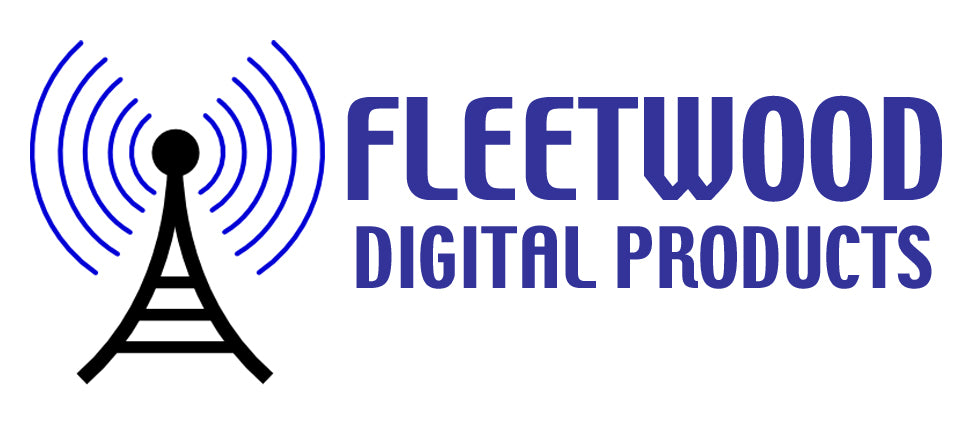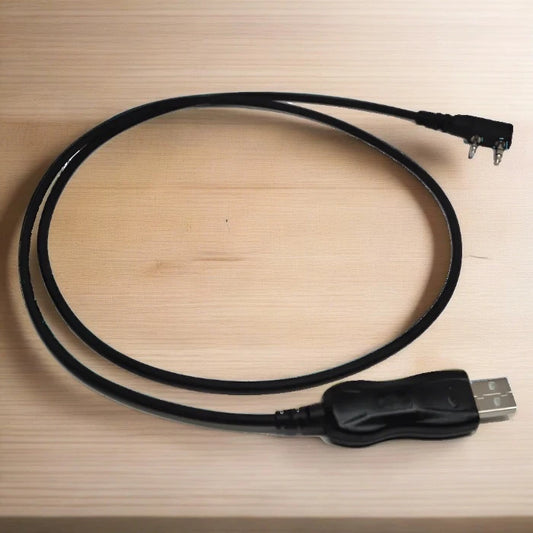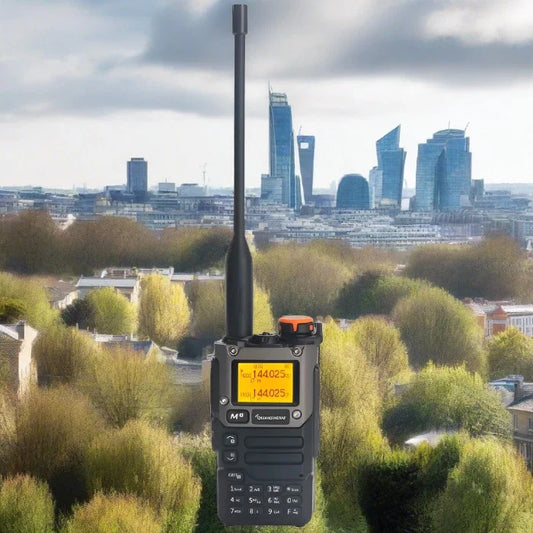The sun, our celestial neighbor, holds a profound influence over our planet and the technology we use to communicate. Recently, the sun has been making headlines due to a surge in sunspot activity, and this surge is not just an astronomical curiosity; it can have significant repercussions for the world of amateur (ham) and CB radio operators. In this blog post, we'll explore the recent sunspot activity and its effects on radio communications.
Sunspots: The Solar Superstars
Before delving into the recent activity, it's crucial to understand what sunspots are. Sunspots are temporary, darker patches on the sun's surface caused by intense magnetic activity. They may appear individually or in groups and are often associated with increased solar radiation, including radio waves.
The Recent Sunspot Surge
In recent months, the sun has been more active than it has been in years, entering a new solar cycle. The sun undergoes an approximately 11-year cycle of activity, marked by fluctuations in sunspot numbers. The current cycle, known as Solar Cycle 25, has brought an upswing in sunspots, generating excitement in the amateur radio and CB radio communities.
Impacts on Radio Communications
The surge in sunspot activity has both positive and negative impacts on amateur and CB radio operators:
Positive Impacts:
-
Enhanced Long-Distance Communications: Increased sunspot activity can lead to improved ionospheric conditions, particularly on the HF (High-Frequency) bands. This allows radio signals to bounce off the ionosphere and travel greater distances, enhancing long-distance communications.
-
Rare DX (Distance) Contacts: During periods of heightened sunspot activity, radio operators have the opportunity to make contacts with locations that are typically challenging to reach. This can be a thrilling experience for enthusiasts.
-
Improved Propagation: Sunspots contribute to a more stable and predictable radio wave propagation, making it easier for operators to plan and optimize their radio communications.
Negative Impacts:
-
Increased Solar Noise: With higher sunspot activity comes increased solar radiation, leading to higher levels of solar noise, or static. This can interfere with radio signals and make communication more challenging.
-
Band Congestion: As radio conditions improve, more operators take to the airwaves. This can lead to congestion and increased competition for available frequencies.
-
Fluctuating Conditions: Sunspot activity is unpredictable and can vary from day to day. Radio operators need to adapt to changing conditions, which can sometimes be frustrating.
Tips for Radio Operators
For amateur and CB radio operators, the recent sunspot surge presents both opportunities and challenges. Here are some tips to make the most of these conditions:
-
Monitor Sunspot Activity: Stay informed about the current sunspot cycle and solar conditions. Websites and apps dedicated to space weather can help you keep track of sunspot numbers and solar radiation levels.
-
Use the Right Bands: During periods of high sunspot activity, consider using the HF bands for long-distance communications. Choose the appropriate frequency bands to take advantage of improved propagation.
-
Manage Noise: Use noise reduction techniques and filters to mitigate the effects of solar noise during active periods.
-
Stay Flexible: Be prepared for changing conditions. Be open to exploring different frequency bands and modes to adapt to evolving sunspot activity.
-
Enjoy the Ride: Embrace the excitement and challenges that come with increased sunspot activity. Making rare contacts and working through challenging conditions can be a rewarding experience for radio enthusiasts.
In conclusion, the recent surge in sunspot activity has brought a dynamic element to the world of amateur and CB radio operators. While it presents opportunities for long-distance communications and rare contacts, it also brings challenges in the form of solar noise and congestion. Radio operators who adapt to these changing conditions can make the most of this unique period in solar activity, showcasing the resilience and adaptability of the radio community.









